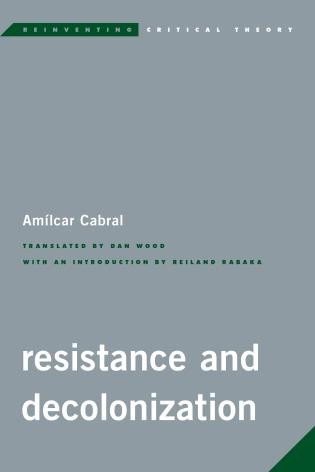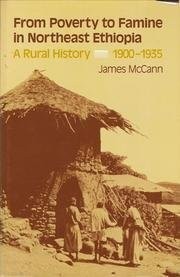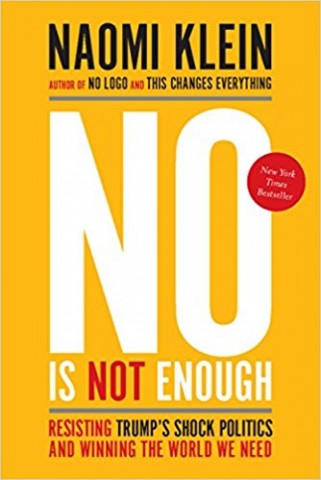Dip Kapoor brought together a collective of works that highlight many stories that have not been widely told, stories of localized resistance to large-scale land acquisitions and land grabs. These processes have occasionally included these actors, but often presented them as victims without agency, not actors expressing their agency. In this regard, "Against Colonization and Rural Dispossession: Local Resistance in South and East Asia, the Pacific and Africa" (2017) is a good addition. The book in an edited volume, I share three quotes that stood out:
Narrative: "These struggles are misrepresented by accounts of colonial historiographers and writers who depict our story as one of 'loss'. In their story, we have 'lost' our land and cultural knowledge. These are colonially blurred, minimizing, if not euphemizing, versions of the history of my people. In our experience, these things have not been lost, but 'taken'. These extensive and intensive experiences of a collective people so heavily and systematically dispossessed require a deeper understanding than the nouns 'loss' or 'dispossession' can only begin to offer." (p. 29)
Inequality: "While Adivasis constitute 22 percent of the population in Odisha, they account for 42 percent of the development-displaced persons (DDPs), and at the national level, of the 21.3 million people estimated to be DDPs between 1951 and 1990 due to mines, dams, industry, and parks, they account for 40 percent" (p. 71)
Gender: "The women then stood in a line as a fence of shins (pagar betis) to stop the truck. Some even climbed the truck to unload the confiscated coconuts, while others seized and hid the truck's keys. They took the police as hostages and demanded the release of their fellow villagers. Some women involved in holding the police hostage admitted that the spontaneous action was to avoid bloody fights if they let their husbands physically attack the police – so they ask their men to stay behind while they took the lead. They even provoked, if not cautioned, the police by accusing them of trying to sexually harass them. The experience of taking the police as hostages emboldened them to confront the constant threats and intimidation from police and company laborers / hired thugs, especially when their husbands were imprisoned and they were vulnerable." (p. 111)




